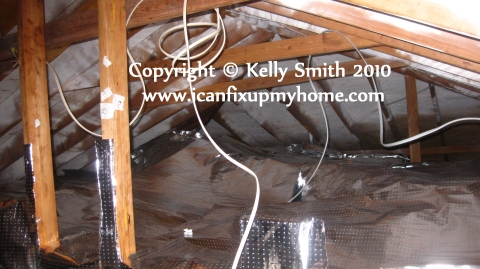A better Alternative to Oil, Gas, Coal, and Solar Energy
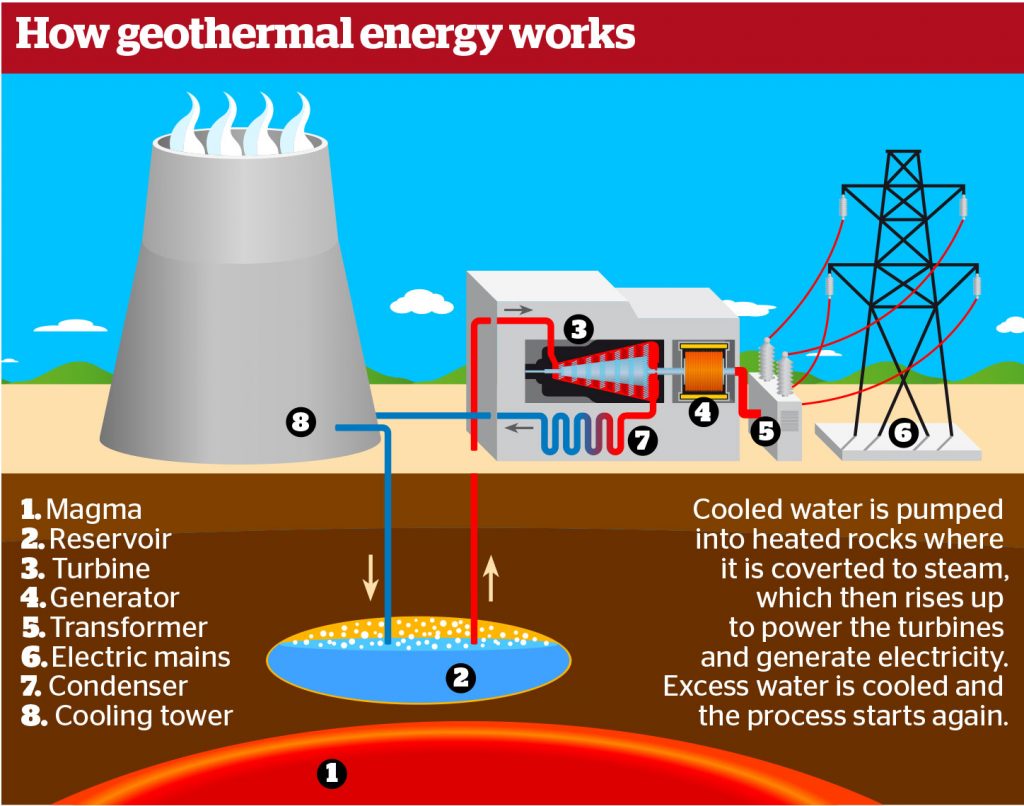
|
This article was updated on 08/31/2021.
Ads we feature have been independently selected and reviewed. If you make a purchase using the links included, we may earn a commission, which helps support the site. Thank you for your support.
Geothermal energy is nothing new; it’s been around for decades. During the 1890s, the city of Boise, Idaho accessed a naturally occurring reservoir of geothermal heat close to the earth’s surface and created the US’s first district heating system. This is where one central source of heat feeds into multiple commercial and residential buildings. It’s still in use.
This type of energy production is far more intensive than ground-source heat pumps, which take advantage of steady shallow-earth temperatures to heat buildings or groups of buildings. This type is most likely to be found in single-residence or multi-residence abodes.
Why Geothermal Now?
So why is this alternative energy coming into the limelight just now? It makes sense for a society such as ours that wants sustainable energy but is frustrated by other technologies that have been tried.
- Solar energy. It only works when the sun shines. Solar panel farms take up a lot of real estate. When they get dirty/dusty (as out in the wide, open spaces), water must be trucked out in hydrocarbon-fueled trucks to spray them down. Forms of storage media like batteries save captured energy for when it’s needed, but this is expensive. They require rare earth minerals such as Cadmium telluride (CdTe) and copper indium gallium deselenide (CIGS)1. It gets worse; if you install these expensive panels you may partially be able to get off the grid but it takes many years to recoup your investment. If you have to re-roof your home, it gets very expensive.
- Wind power. It’s noisy. It threatens wildlife; gold eagles and tailed hawks notably have a propensity to fly into the blades. Studies show that approximately 45,000 birds have fallen victim over the last 20 years due to these wind turbines. They are inefficient; the functional part of the wind turbines are only able to extract about 59% of the wind’s power. Not much ROI. Installation is expensive; just one can be as much as $2 million or more, and that is before maintenance begins2.
Geothermal carries none of these burdens but it is just as plentiful as sun and wind. Vox.com says, “The heat is continuously replenished by the decay of naturally occurring radioactive elements, at a flow rate of roughly 30 terawatts, almost double all human energy consumption. That process is expected to continue for billions of years.3” What’s not to love?
Vikram (Vik) Rao is the former Senior Vice-President and Chief Technology Officer at Halliburton and is now the Executive Director of the Research Triangle Energy Consortium. He says, “Deep very hot geothermal development looks approachable. Suddenly we are talking about building on a new technology base to exploit heat reservoirs rather than fluid. What this all means is that geothermal is no longer a niche play. It’s scalable, potentially in a highly material way. Scalability gets the attention of the industry. Scalability is required for industry to pursue the opportunity profitably.”4
G Got a blog or website? Want more revenue? Monetize it!
The Four Fundamental Types of Geothermal Energy Tech
One of the great things about geothermal is that any level of heat can be used directly; there need not be any waste. For example, it can operate pond fisheries or all-season greenhouses, to dry cement, or to make hydrogen. Taking it a step further, we can convert this hydrogen into liquid hydrocarbon fuels.
- Conventional Hydrothermal Resources. In some areas on earth, water or steam heated by the earth’s core rises up through somewhat permeable rock formations that are full of fissures and fractures, only to become trapped under a solid caprock. These mammoth reservoirs of pressurized hot water usually betray themselves on the surface through fumaroles (holes in or near a volcano, from which vapor rises) or hot springs. Here, a well is drilled. The hot water rises and can be just over ambient temperature up to 370°C. The heat is extracted from it, the fluids are cooled, and then returned to the field by way of an injection well. This maintains pressure.
- Enhanced geothermal systems (EGS). The limitation of conventional geothermal systems is that they are limited to specific locales where heat, water, and porosity join together just so. Those areas are limited. The way to broaden that scope is to drill down into solid rock, inject water at very high pressure through one well, fracture the rock to give the water a passageway, and then collect the heated water through another well.
- Super-Hot-Rock Geothermal. The goal here is to tap into extremely deep, extremely hot, rock. The water here exceeds 373°C and 220 bars of pressure, it is called “supercritical,” a new phase that is neither liquid nor gas. It holds anywhere from 4 to 10 times more energy per unit mass than water or steam. It is possible to get more power out of three wells on a 400°C project than out of 42 EGS wells at 200°C. All this efficiency using less fluid and a fraction of the physical footprint. Win-win. Economics shows that that the hotter a geothermal gets, the more competitive its power price becomes, so that super-hot EGS could be the cheapest baseload energy available.
- Advanced Geothermal Systems (AGS). This is an exciting new generation of “closed loop” systems. No fluids are introduced to or removed from the earth; no fracking is involved. Fluids circulate underground in sealed pipes and boreholes where they absorb heat by conduction and direct it it to the surface, where it can be used for a custom mix of heat and electricity.
It seems logical that geothermal energy could well be the next alternative to oil and gas, at least from a technical point of view. The political realm is another story altogether. Environmentalists and radical democratic socialists like AOC and her squad will surely find something to protest against.
More Trending Content
- Install a Geothermal Heat Pump
- Residential Green Energy Technologies
- Green and Sustainable Building and Remodeling Trends
- Residential Wind Turbines FAQ
- How to Use a Barometer
- Residential Heating Systems Overview
- Increase Energy with These 10 Habits
- Economics & Consequences of Illegal Aliens
References
- The Earth Project, Solar Farms Pros and Cons: 7 Facts We Can’t Deny, https://theearthproject.com/solar-farms-pros-and-cons/
- Udemy, 10 Disadvantages of Wind Energy: Not as Clean as You Thought, https://blog.udemy.com/disadvantages-of-wind-energy/
- Vox, David Roberts, Geothermal energy is poised for a big breakout, https://www.vox.com/energy-and-environment/2020/10/21/21515461/renewable-energy-geothermal-egs-ags-supercritical
- The Heat Beat, ‘I Hated Geothermal. Then I Realized it is Now Scalable’ – An Interview with Vik Rao, https://www.heatbeat.energy/post/i-hated-geothermal-then-i-realized-it-is-now-scalable-an-interview-with-vik-rao
Looking for more great content? Visit our main site I Can Fix Up My Home or our partner sites:
I offer article and blog-writing services. Interested? Contact me for a quote!
Did you find this article helpful? Millions of readers rely on information on this blog and our main site to stay informed and find meaningful solutions. Please chip in as little as $3 to keep this site free for all.
Visit Kelly’s profile on Pinterest.
About the Author:
![]() Kelly R. Smith is an Air Force veteran and was a commercial carpenter for 20 years before returning to night school at the University of Houston where he earned a Bachelor’s Degree in Computer Science. After working at NASA for a few years, he went on to develop software for the transportation, financial, and energy-trading industries. He has been writing, in one capacity or another, since he could hold a pencil. As a freelance writer now, he specializes in producing articles and blog content for a variety of clients. His personal blog is at Considered Opinions Blog where he muses on many different topics.
Kelly R. Smith is an Air Force veteran and was a commercial carpenter for 20 years before returning to night school at the University of Houston where he earned a Bachelor’s Degree in Computer Science. After working at NASA for a few years, he went on to develop software for the transportation, financial, and energy-trading industries. He has been writing, in one capacity or another, since he could hold a pencil. As a freelance writer now, he specializes in producing articles and blog content for a variety of clients. His personal blog is at Considered Opinions Blog where he muses on many different topics.




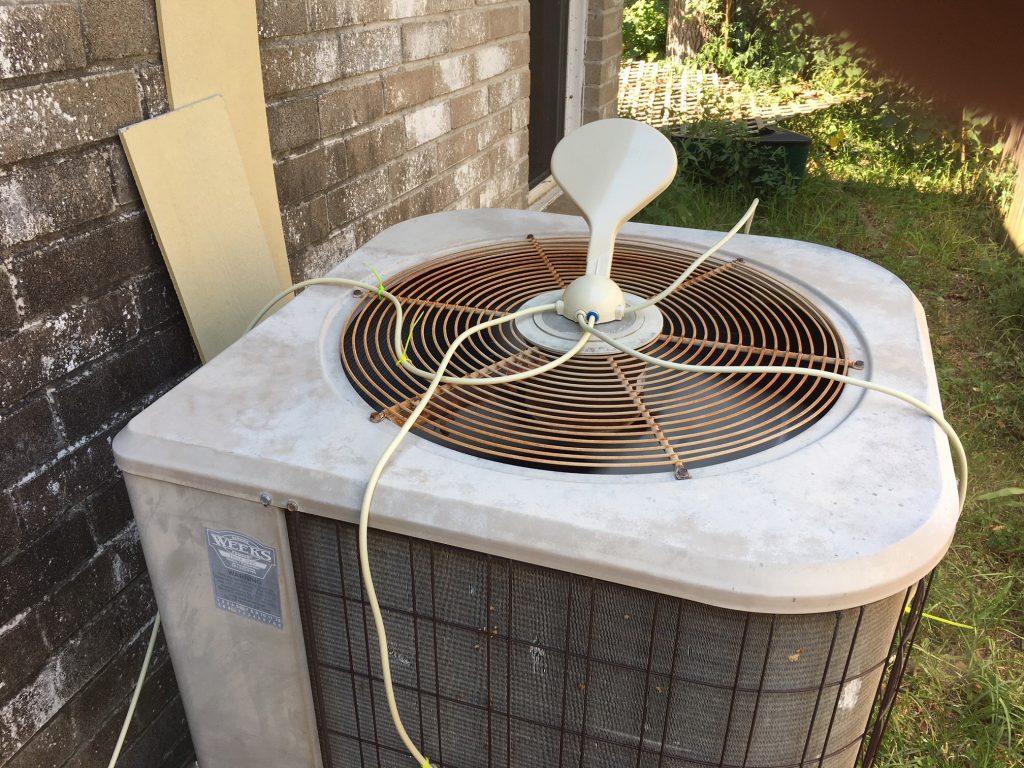
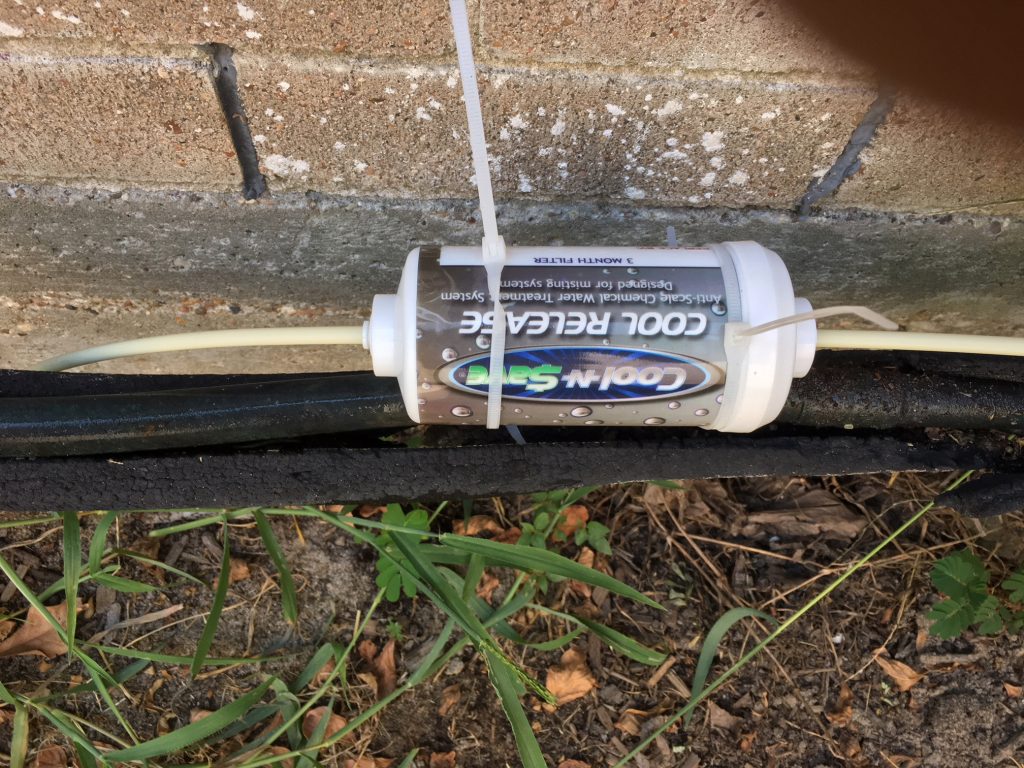

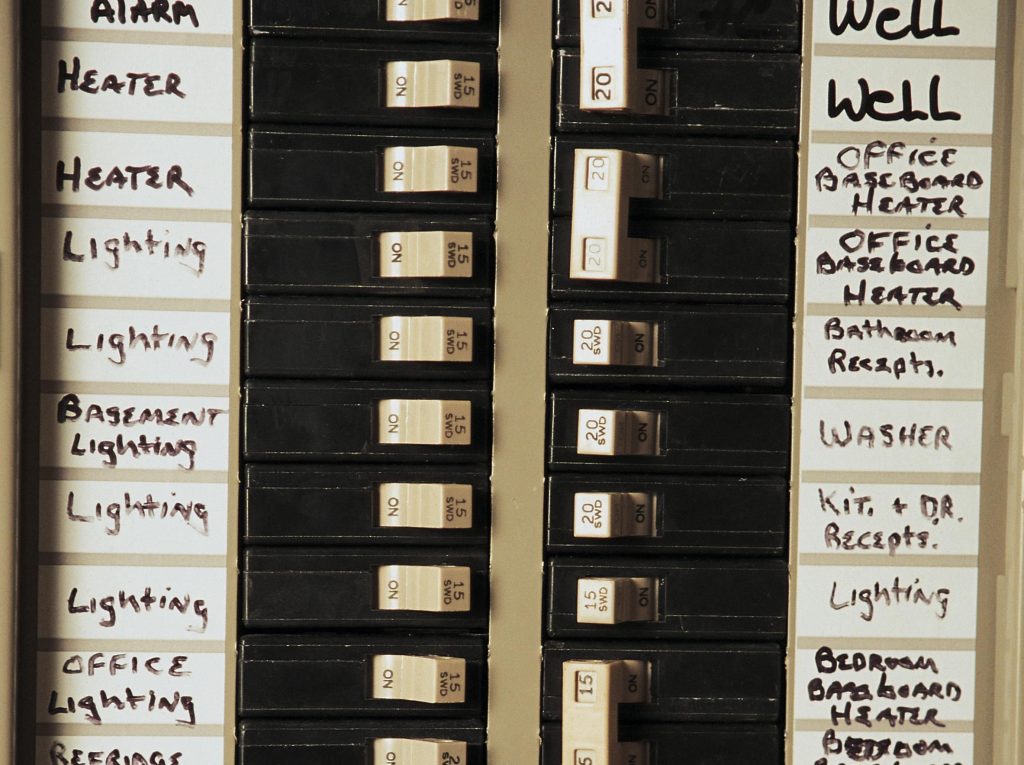

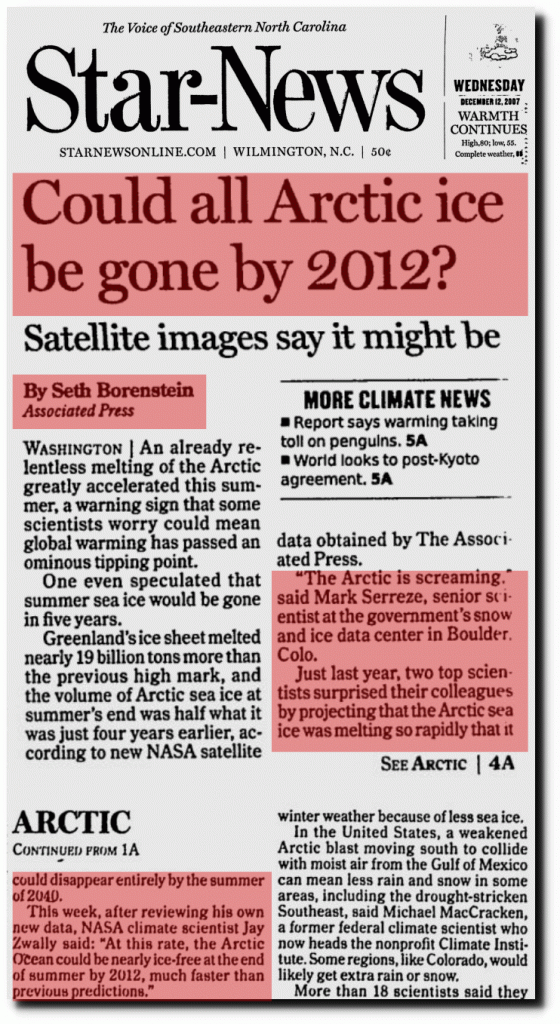


 Kelly R. Smith is an Air Force veteran and was a commercial carpenter for 20 years before returning to night school at the University of Houston where he earned a Bachelor’s Degree in Computer Science. After working at NASA for a few years, he went on to develop software for the transportation, financial, and energy-trading industries. He has been writing, in one capacity or another, since he could hold a pencil. As a freelance writer now, he specializes in producing articles and blog content for a variety of clients. His personal blog is at
Kelly R. Smith is an Air Force veteran and was a commercial carpenter for 20 years before returning to night school at the University of Houston where he earned a Bachelor’s Degree in Computer Science. After working at NASA for a few years, he went on to develop software for the transportation, financial, and energy-trading industries. He has been writing, in one capacity or another, since he could hold a pencil. As a freelance writer now, he specializes in producing articles and blog content for a variety of clients. His personal blog is at 


 Kelly R. Smith is an Air Force veteran and was a commercial carpenter for 20 years before returning to night school at the University of Houston where he earned a Bachelor’s Degree in Computer Science. After working at NASA for a few years, he went on to develop software for the transportation, financial, and energy-trading industries. He has been writing, in one capacity or another, since he could hold a pencil. As a freelance writer now, he specializes in producing articles and blog content for a variety of clients. His personal blog is at
Kelly R. Smith is an Air Force veteran and was a commercial carpenter for 20 years before returning to night school at the University of Houston where he earned a Bachelor’s Degree in Computer Science. After working at NASA for a few years, he went on to develop software for the transportation, financial, and energy-trading industries. He has been writing, in one capacity or another, since he could hold a pencil. As a freelance writer now, he specializes in producing articles and blog content for a variety of clients. His personal blog is at 